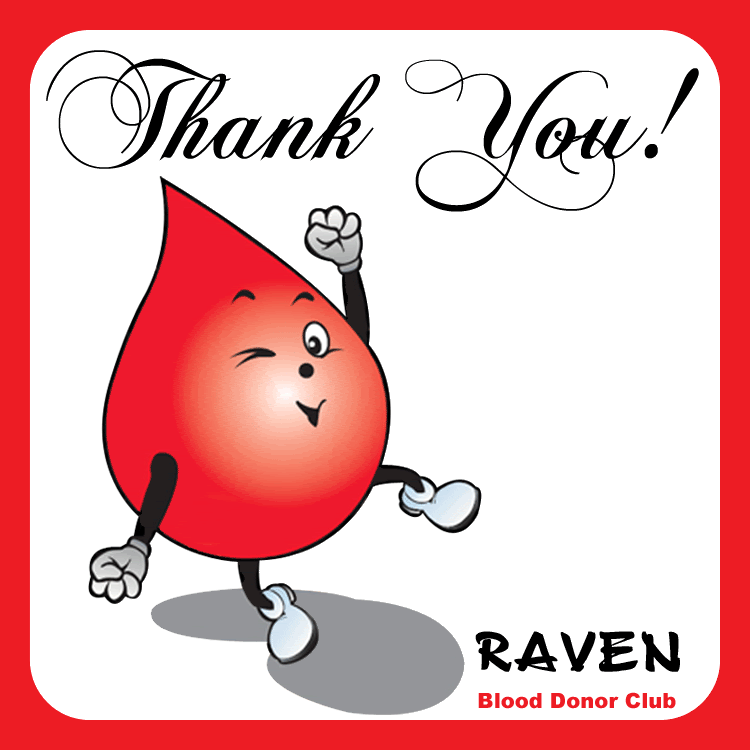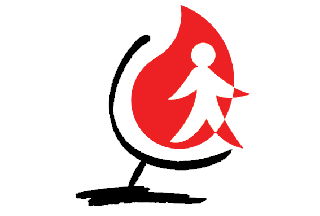At 9th of August, Raven Blood Donor Club has conducted a seminar about Hepatitis B and Reproduction Health in Mya Thein Gi Nun residence, Pearl new town, Mingalardon township.
Mya Thein Gi Nun residence is not an orphanage, but a learning place for the children who have been facing difficulties in their education. It was established since Year 1360 according to Myanmar Calender. There were 32 nuns and 35 children at the time of establishment. At first, it must have interlinked with another Nun residence from Pyi Road. The Mya Thein Gi Nun residence has been approved by the government at 19th of May 2002. It was opened as a Nun-teaching school for girls. Being a post-primary school, the children can learn only from primary 1 to primary 7. It mainly focused on girls, and boys can attend only in junior classes. 368 students and 50 nuns have been learning in 2006-2007 Academic Year. Children are accepted since from 3 years old. The nun residence pays all the expenses of Education for the children. It also takes the responsibility for clothings and health of the children beside the education.
Members were informed to go to the nun residence at 9:00 in the morning. However, one member could not manage to come on time. Therefore, a taxi was hired and started leaving at 10:00 a.m. Transportation fees was 8,000 Kyats. The car could not reach to the nun residence directly, so three members including me hired a trishaw to reach to there. A friend live in a place on the way going to the residence. It was 1,200 Kyats for two trishaws. The nuns asked whether the seminar would be conducted first or have the meals first.
We said that the seminar would be held first. The arranged place for the seminar were observed, and it was found out unsuitable. Therefore, students of primary 4 to secondary 7 were placed in the two-stories building.
Health Education Seminar for Hepatitis B was started, and the students participated in the Q&A session. Total duration was about 50 minutes.
In the same building, two groups were formed according to the gender after the seminar. A male teacher and a female teacher shared knowledges of Reproduction and Health to the boy students and the girl students respectively. Virginity period was the main focused topic. It included physical changes, mental changes and environmental changes. Girls were given knowledge about Menstruation Cycles.
The seminar was successfully ended at 2:00 p.m. Lunch have been had around 3:30 p.m, and leave the nun residence.
Mya Thein Gi Nun residence is not an orphanage, but a learning place for the children who have been facing difficulties in their education. It was established since Year 1360 according to Myanmar Calender. There were 32 nuns and 35 children at the time of establishment. At first, it must have interlinked with another Nun residence from Pyi Road. The Mya Thein Gi Nun residence has been approved by the government at 19th of May 2002. It was opened as a Nun-teaching school for girls. Being a post-primary school, the children can learn only from primary 1 to primary 7. It mainly focused on girls, and boys can attend only in junior classes. 368 students and 50 nuns have been learning in 2006-2007 Academic Year. Children are accepted since from 3 years old. The nun residence pays all the expenses of Education for the children. It also takes the responsibility for clothings and health of the children beside the education.
Members were informed to go to the nun residence at 9:00 in the morning. However, one member could not manage to come on time. Therefore, a taxi was hired and started leaving at 10:00 a.m. Transportation fees was 8,000 Kyats. The car could not reach to the nun residence directly, so three members including me hired a trishaw to reach to there. A friend live in a place on the way going to the residence. It was 1,200 Kyats for two trishaws. The nuns asked whether the seminar would be conducted first or have the meals first.
We said that the seminar would be held first. The arranged place for the seminar were observed, and it was found out unsuitable. Therefore, students of primary 4 to secondary 7 were placed in the two-stories building.
Health Education Seminar for Hepatitis B was started, and the students participated in the Q&A session. Total duration was about 50 minutes.
In the same building, two groups were formed according to the gender after the seminar. A male teacher and a female teacher shared knowledges of Reproduction and Health to the boy students and the girl students respectively. Virginity period was the main focused topic. It included physical changes, mental changes and environmental changes. Girls were given knowledge about Menstruation Cycles.
The seminar was successfully ended at 2:00 p.m. Lunch have been had around 3:30 p.m, and leave the nun residence.




